Yes, it's 14 in most cases for an end-station scenario.
Except the case when you have an 802.1Q frame, that would throw you off by another 4 bytes.
802.1Q is primarily used for VLAN tagging and QoS on router/router communication.
The preamble and start frame delimiter are mostly used by low level firmware to capture a frame.
By the time when we (application) have access to an ethernet frame, in general we don't have the preamble nor the start frame delimiter.
From what I can recall the 2 byte length of mac address was part of Ethernet I which never really gained acceptance. And the Ethernet II/802.3 that is having 6 byte addresses is the real common ethernet that we are using nowadays.
Also want to mention that the padding is 0-46, where 46 came from the minimum 64 bytes constraint on ethernet frame for collision detect (CD) purpose.
46(pad) + 14(dmac,smac,type) + 4(CRC) = 64 bytes
